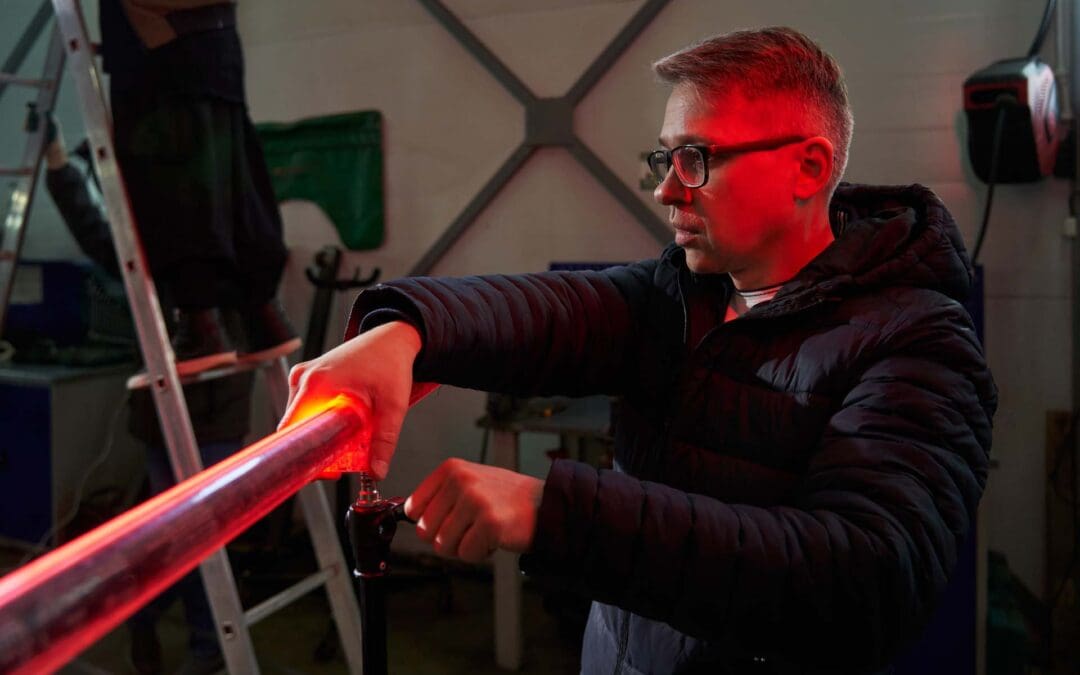Introduction
In the realm of filmmaking, the magic of storytelling comes alive through the interplay of light and shadow. Behind the scenes, the unsung hero responsible for crafting the perfect visual atmosphere is the Gaffer. Often referred to as the chief lighting technician, the Gaffer plays a pivotal role in creating the mood, atmosphere, and ambience that breathe life into a film. In this comprehensive blog post, we will delve into the importance of a Gaffer in the filmmaking process, exploring their key responsibilities, technical expertise, and the impact they have on elevating the cinematic experience.
1. The Role of a Gaffer: Mastering the Art of Lighting
a. Chief Lighting Technician: The Gaffer is the head of the electrical department, responsible for designing and implementing the lighting plan for the film.
b. Collaborative Efforts: Working closely with the Director of Photography (DP) and the Director, the Gaffer helps translate the visual vision into tangible lighting setups.
2. Lighting for Mood and Atmosphere
a. Setting the Tone: The Gaffer uses lighting to set the mood, tone, and emotional atmosphere of each scene, supporting the narrative and character arcs.
b. Lighting Techniques: From high-key lighting for comedy to low-key lighting for drama, the Gaffer employs various techniques to achieve the desired emotional impact.
3. Technical Expertise and Equipment
a. Lighting Gear: The Gaffer has an in-depth knowledge of various lighting equipment, including different types of lights, modifiers, and control systems.
b. Efficiency and Safety: The Gaffer ensures the lighting setup is efficient and safe for the cast and crew.
4. Collaboration with the Cinematographer
a. Translating Vision: The Gaffer collaborates closely with the DP to interpret their visual vision and design lighting setups accordingly.
b. Cinematic Look: The Gaffer plays a key role in achieving the desired cinematic look through lighting, which may include soft and diffused lighting or dramatic chiaroscuro.
5. Lighting Design for Different Film Genres
a. Dramatic Films: For intense drama, the Gaffer employs lighting techniques that accentuate emotions and enhance character performances.
b. Horror Films: In horror films, the Gaffer creates shadows and suspenseful lighting to build tension and enhance the scares.
6. Working with Actors and Directors
a. Supporting Actors: The Gaffer ensures that actors are well-lit and their performances are visually enhanced.
b. Director’s Vision: Collaborating with the Director, the Gaffer ensures that the lighting complements the overall visual style of the film.
7. Creating Lighting Schemes for Different Environments
a. Indoor Lighting: The Gaffer designs lighting setups for interior scenes, considering the location’s available natural light and the desired ambiance.
b. Outdoor Lighting: For outdoor scenes, the Gaffer adapts lighting techniques to work with natural light and enhance the visual impact.
8. Lighting Continuity and Film Style
a. Continuity: The Gaffer maintains lighting consistency throughout the film, ensuring that lighting setups match from shot to shot.
b. Film Style: The Gaffer contributes to the film’s style and aesthetic through lighting choices that support the director’s vision.
9. Adaptability and Problem-Solving
a. Challenges on Set: The Gaffer is resourceful and adaptable, overcoming challenges such as limited time, budget constraints, and unpredictable weather conditions.
b. Creative Problem-Solving: They find innovative solutions to achieve the desired lighting effect, even in challenging shooting environments.
10. The Impact of a Gaffer on the Final Film
a. Elevating Visual Aesthetics: The Gaffer’s expertise enhances the overall visual aesthetics of the film, making it visually captivating.
b. Emotional Resonance: Effective lighting choices add depth to the storytelling, evoking emotions and connecting the audience to the characters.
Conclusion
In the captivating world of filmmaking, the Gaffer stands as a master of light and shadow, crafting the visual ambiance that immerses audiences in the magic of cinema. With technical expertise, creative flair, and collaborative spirit, the Gaffer collaborates with the Director, Cinematographer, and the entire team to elevate the cinematic experience. From setting the mood and atmosphere to enhancing the emotional impact, the Gaffer’s role is indispensable in bringing the director’s vision to life. Their work creates visual poetry that stays etched in the minds of viewers long after the credits roll, making the Gaffer a true unsung hero of the cinematic realm.




